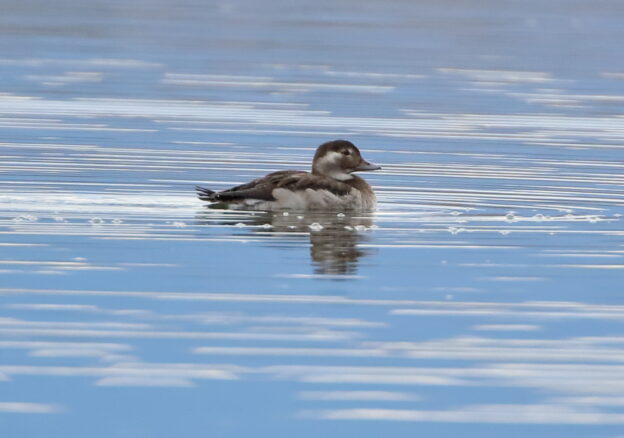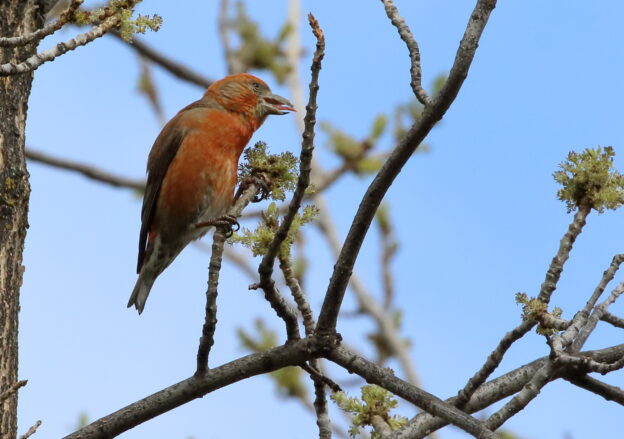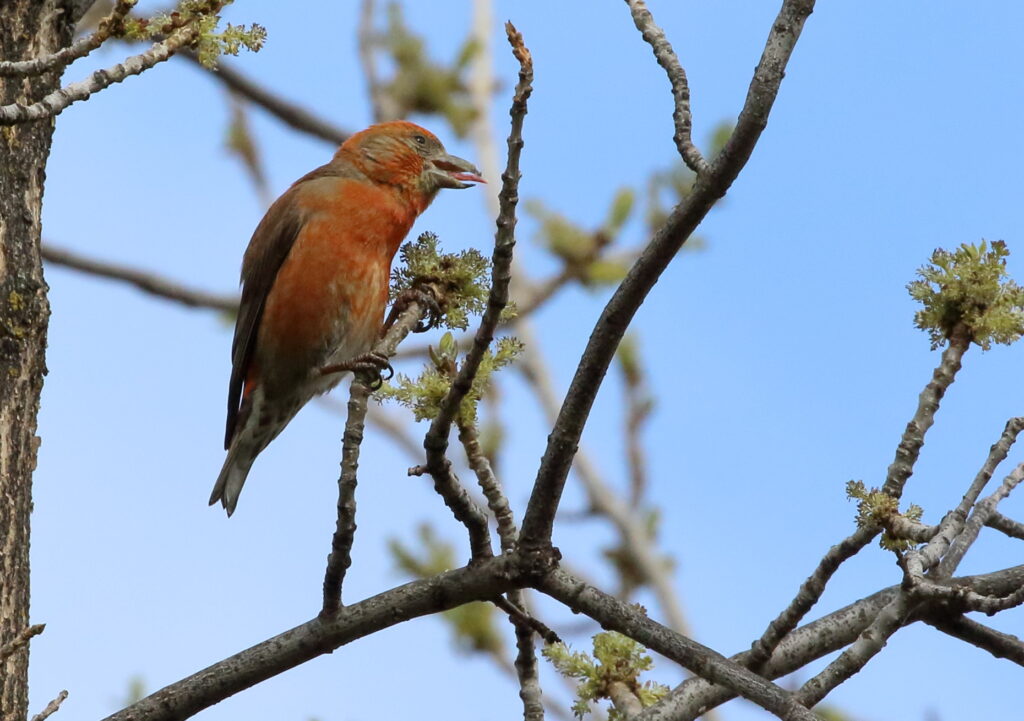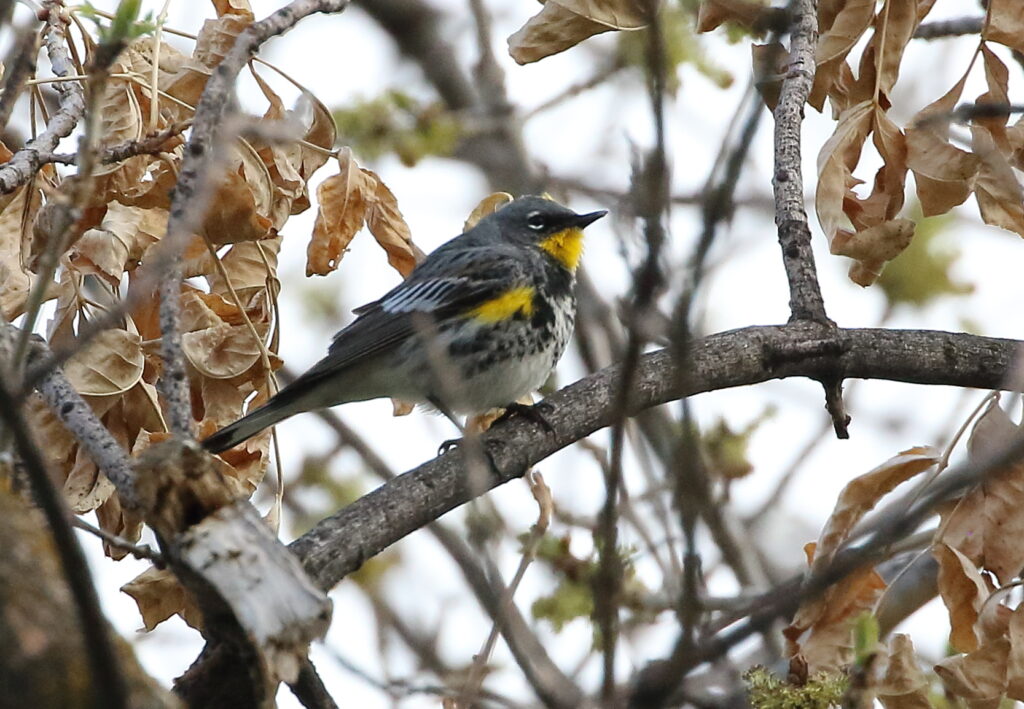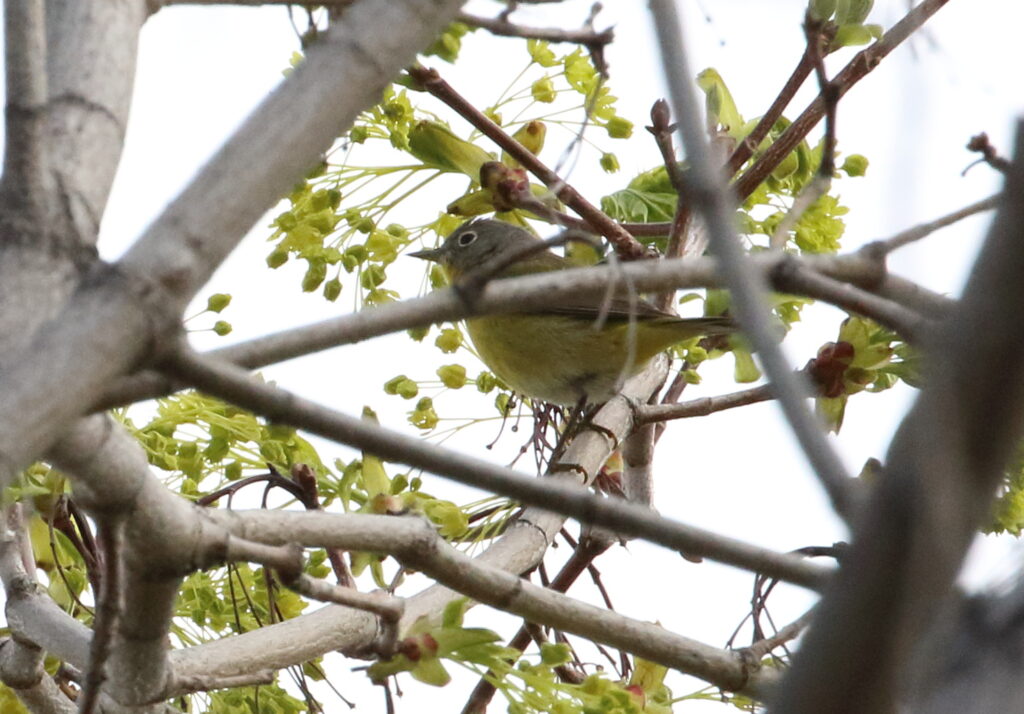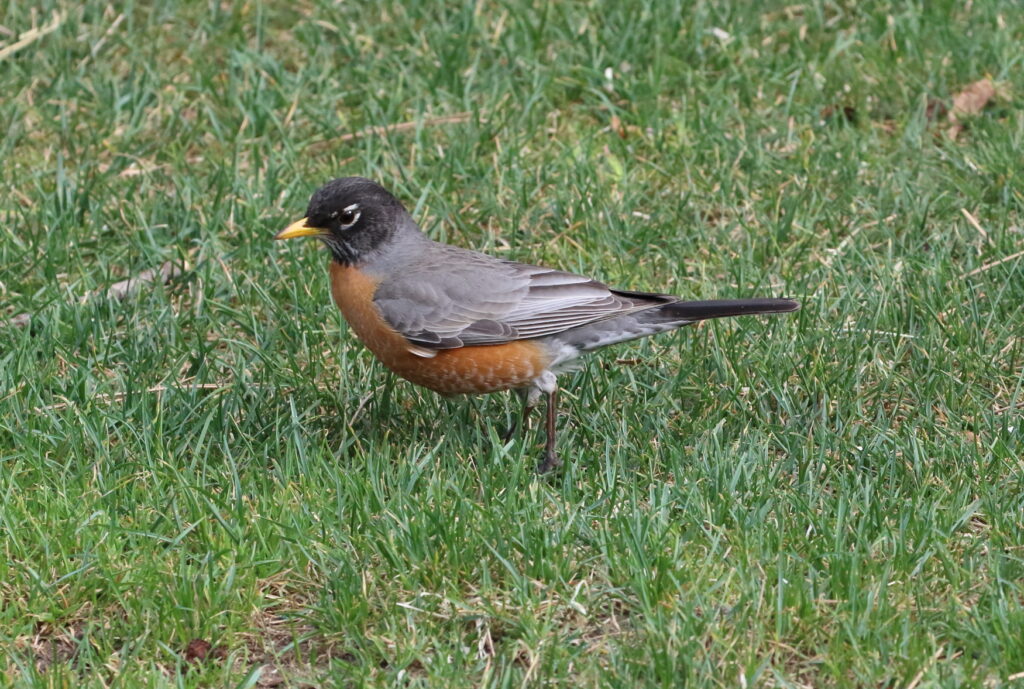In my last blog, My Accidental Big Year, I recounted my fun birding adventures with some of Houston’s top birders in my quest to “accidentally” break my Big Year record of 336 ABA species. Even as I posted that blog, I harbored serious doubts if I could do it. However, after this week’s—dare I call them shocking?—events, I am more optimistic. It all started when I got a great email from Will Sebern, who had read my last blog and asked if I had gotten an Anna’s Hummingbird for the year and, if not, would I like to come over and see the one visiting his feeder. The answer: No and a resounding Yes! Less than 24 hours later, I was pleasantly chatting with Will on his porch admiring a gorgeous beauty sipping at his feeder. Ka-ching! My year count rose to 328—only nine short of my goal! Thank you, Will! (Note, I picked up number 327—Woodhouse’s Scrub-Jay— during a daddy-daughter trip to Salt Lake City last week!)
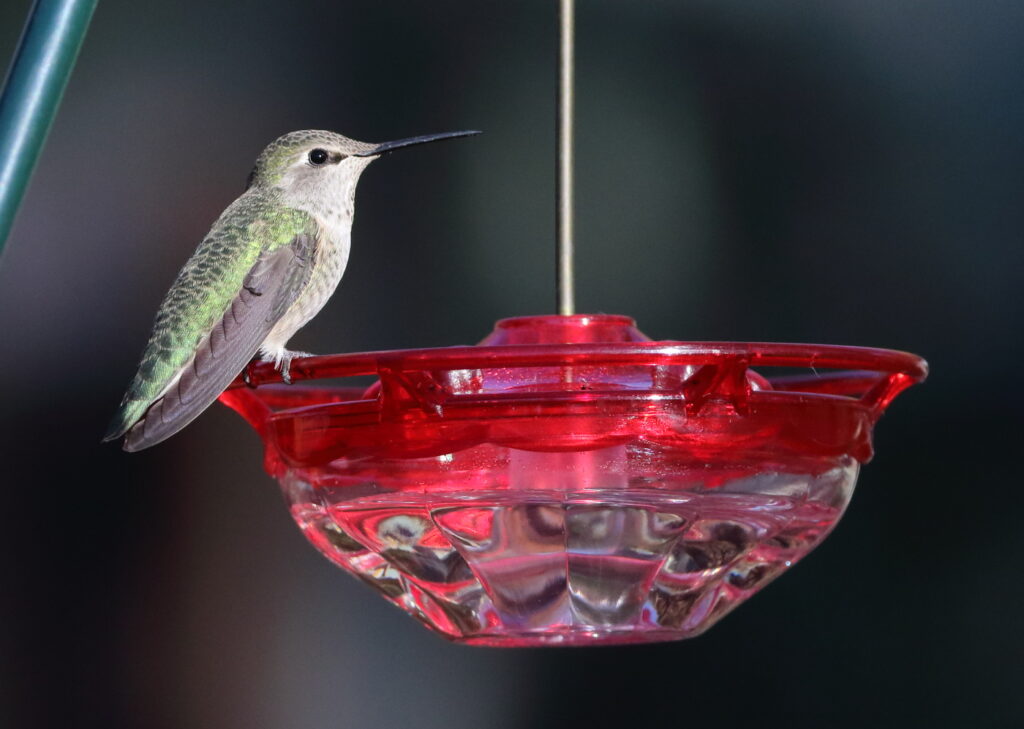
That said, nine new Year Birds in Montana—in winter—was not a small number. For one thing, I was not willing to race everywhere across the state to chase birds. Burning up gasoline to see birds, birds that are directly harmed by carbon dioxide emissions, has become more and more of a concern for me and other birders. I was willing, though, to travel an hour or two, especially if I could carpool with others. “Maybe,” I thought, “I might be able to run into two or three rarities fairly close to Missoula,” and began eyeing eBird rare bird alerts. During my trip to Texas, I missed quite a few opportunities, but then, a few days ago, Montana eBirder Sharon Dewart-Hansen posted a picture of a Long-tailed Duck at Brown’s Lake only an hour from Missoula! I couldn’t go that day or the next, but called Braden and asked, “Do you think it will still be there tomorrow?” He answered, “Well, ducks often stick around for a while. I’ll bet it will.”
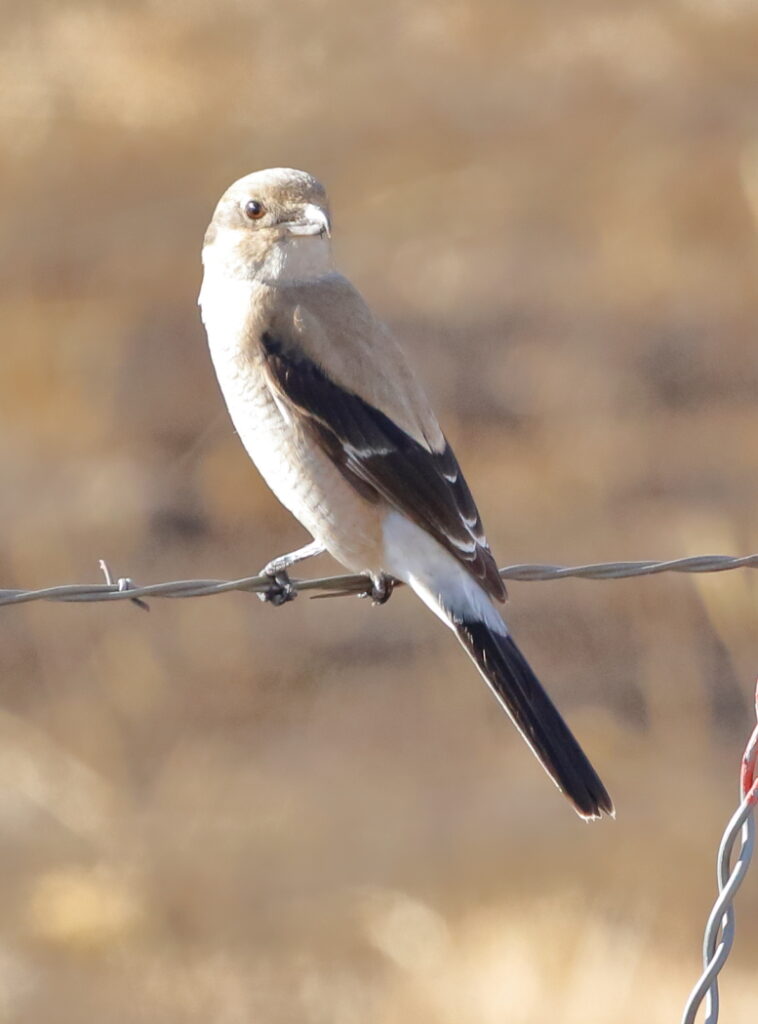
I fired off a text to several local birders to see if they wanted to join me—and no one could make it. “That’s okay,” I thought. “I’ll take the dog and we’ll have a good time whether or not we see anything.” The next morning, though, Steve Flood texted that he could make it after all. We rendezvoused at the truck stop in Bonner and merrily headed up Highway 200.
Arriving at Brown’s Lake, a surprise flock of Common Redpolls greeted us, but though we saw some cool grebes and ducks, THE duck was nowhere in sight at our first stop. We kept circling the lake, though, and spotted a suspicious critter near the campground. I hit the brakes. “Is that it?” Steve answered, “I think it is!” Sure enough, the Long-tailed Duck paddled only fifty feet offshore. The duck, however, was just the beginning. At the campground, Steve found three distant Pacific Loons while I spotted two gulls that turned out to be Bonaparte’s Gulls. A pair of American Tree Swallows—the first of winter—put an accent on our finds.
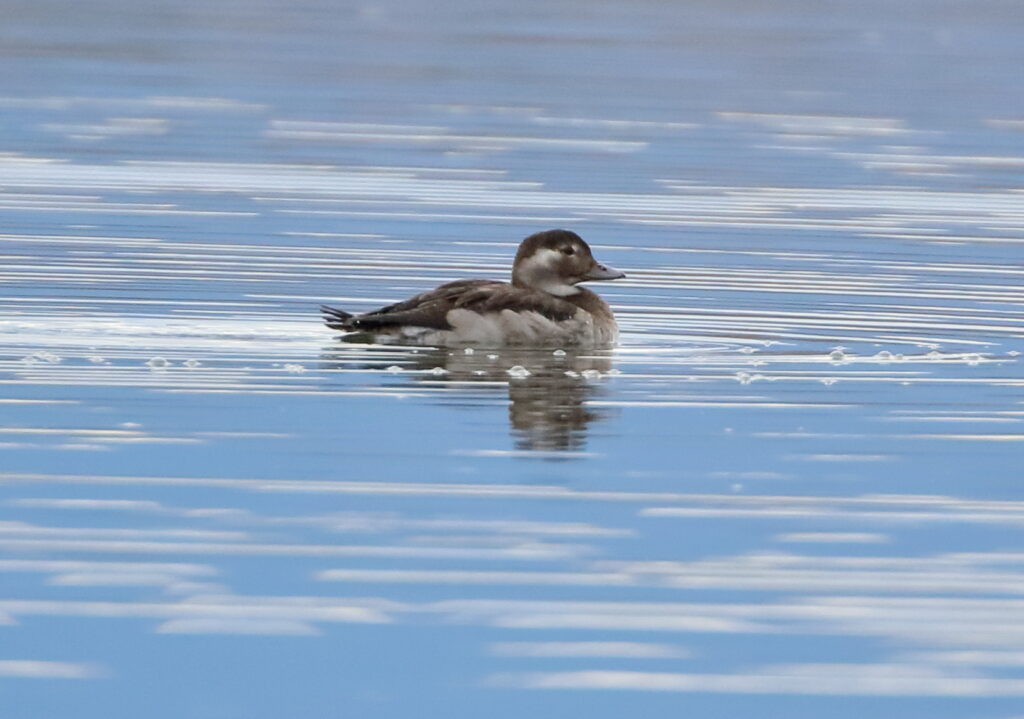
Elated with our finds, we headed out along the backroads behind Brown’s Lake, which I had never birded, but Steve knew well. More surprises greeted us including a bevy of other new winter arrivals including my first Rough-legged Hawks, Bohemian Waxwings, and Northern Shrikes of the season! Since we were on a roll, I asked, “Hey Steve, you want to take a quick run up to Seeley Lake on our way home?” Steve was game. We turned right at Clearwater Junction and twenty minutes later pulled into the River Point picnic area on the lake’s west side. I had few expectations, but we saw Common Loons, Western Grebes, Hooded Mergansers, and another surprise flock of Common Redpolls. Then, looking through his scope, Steve said, “I have a present for you.” I peered into the eyepiece and saw . . . A beautiful Pacific Loon! Er, check that . . .
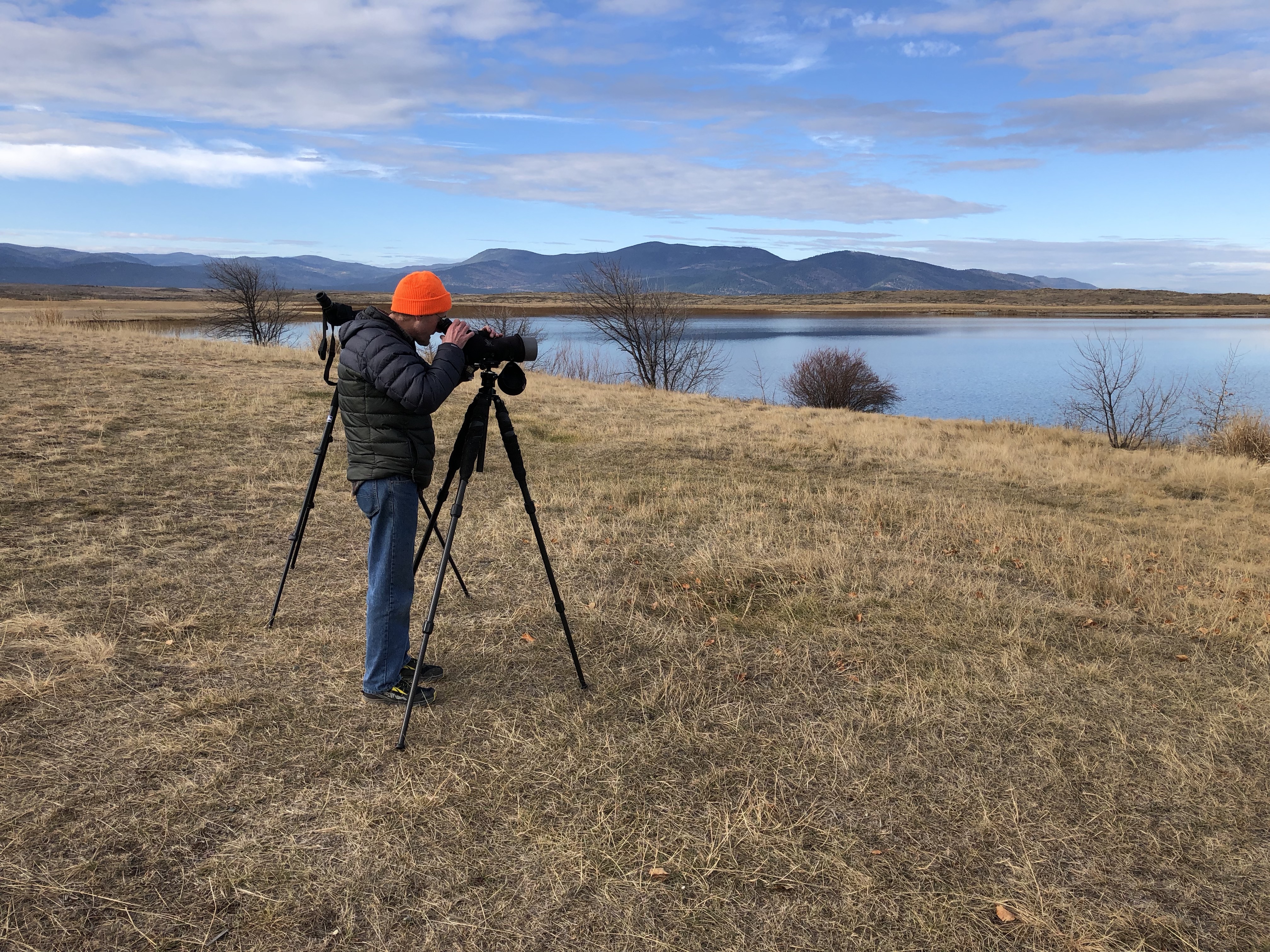
It was the same Red-throated Loon Steve had discovered a couple of weeks before! Neither of us had any idea it would still be around, and it capped a remarkable day, one that not only netted me three new Big Year birds, but almost every winter bird that Braden and I work hard to find every year. Well, okay, except for Snowy Owls, Great Gray Owls, Lapland Longspurs, and Snow Buntings. You’ve got to save something for later, right? Even better, I felt like I’d made a new friend in Steve, who is not only an excellent birder, but a pretty darned good guy! Once again, it brings up the adage, “In birding, you just never know—but you won’t unless you keep getting out there!”

